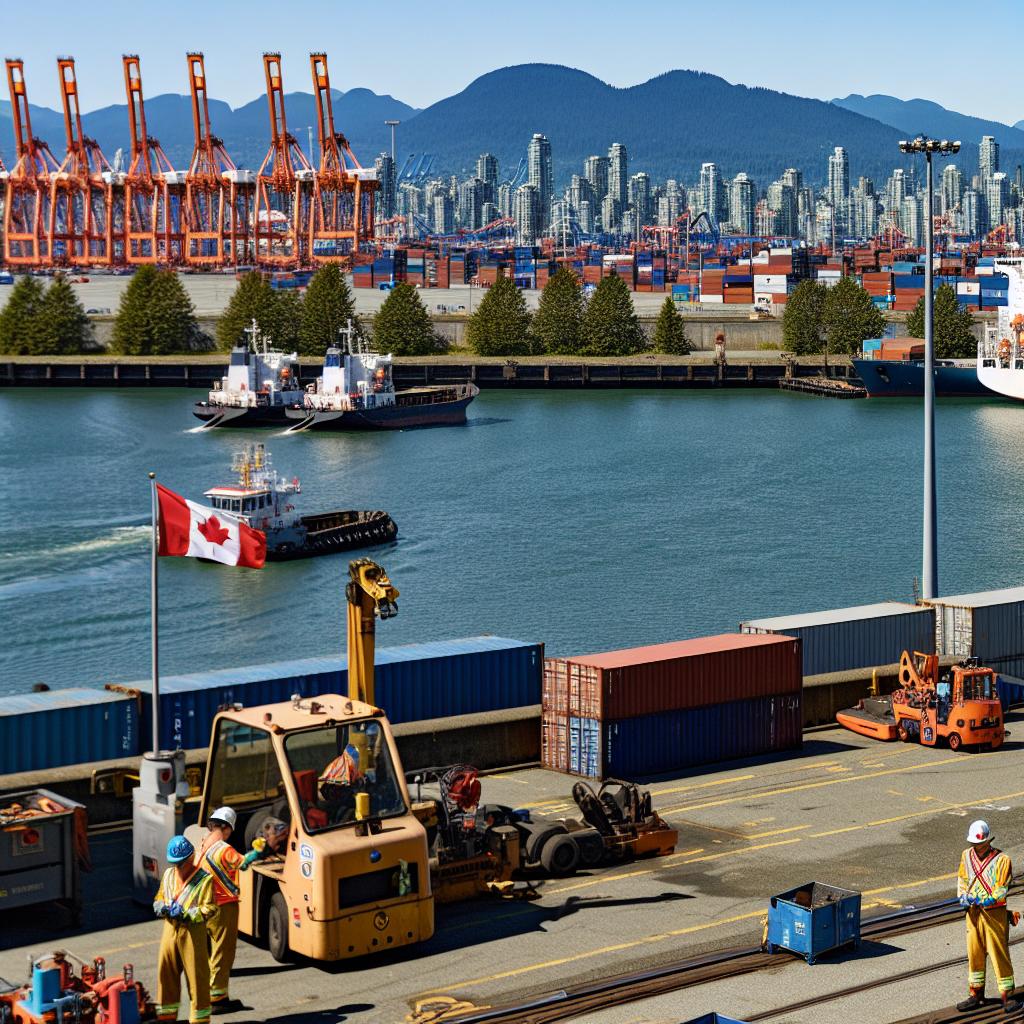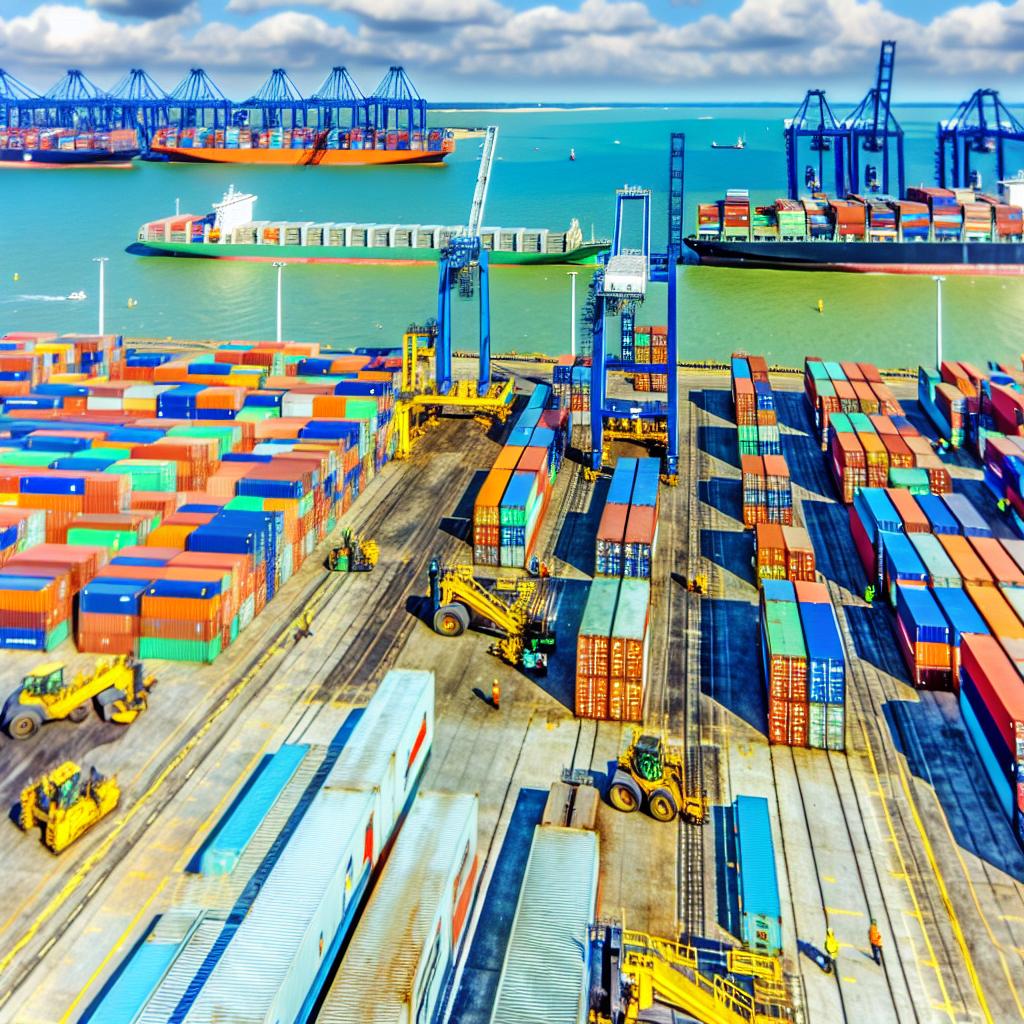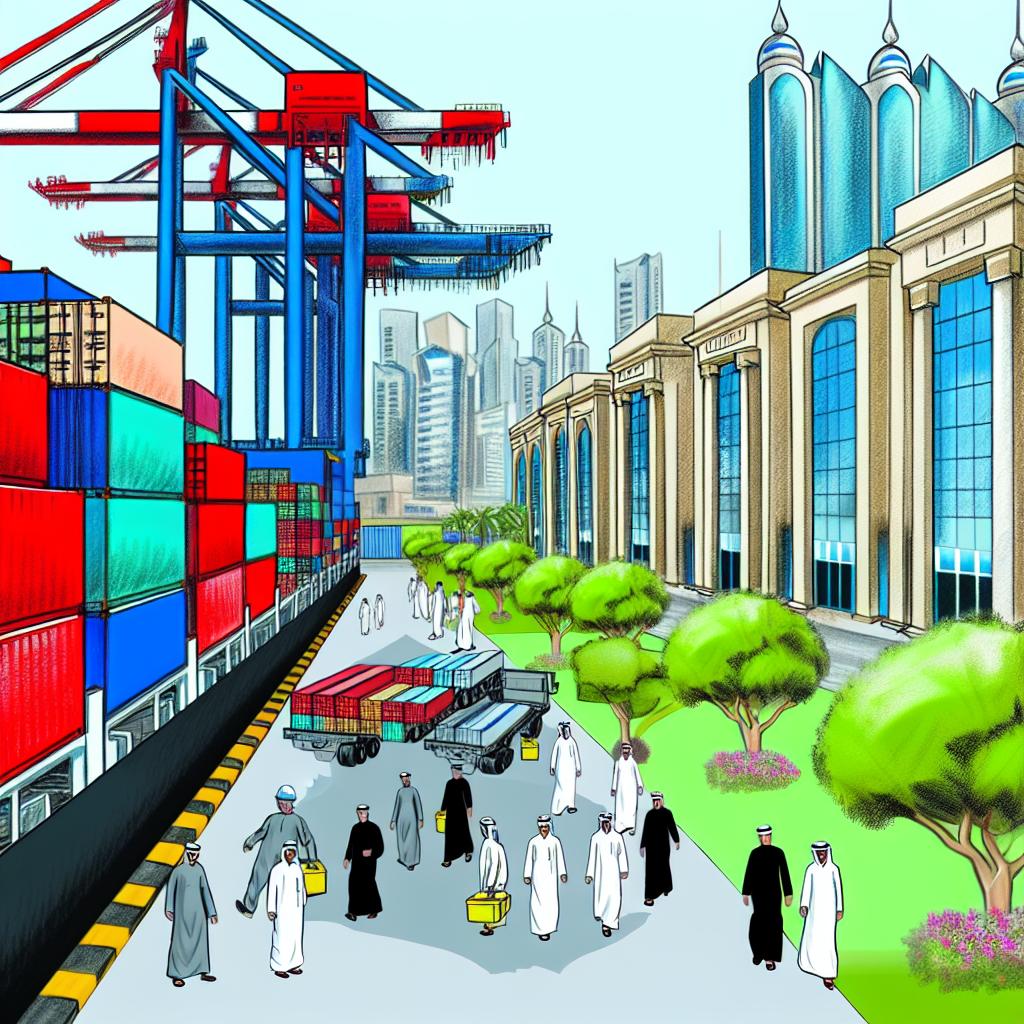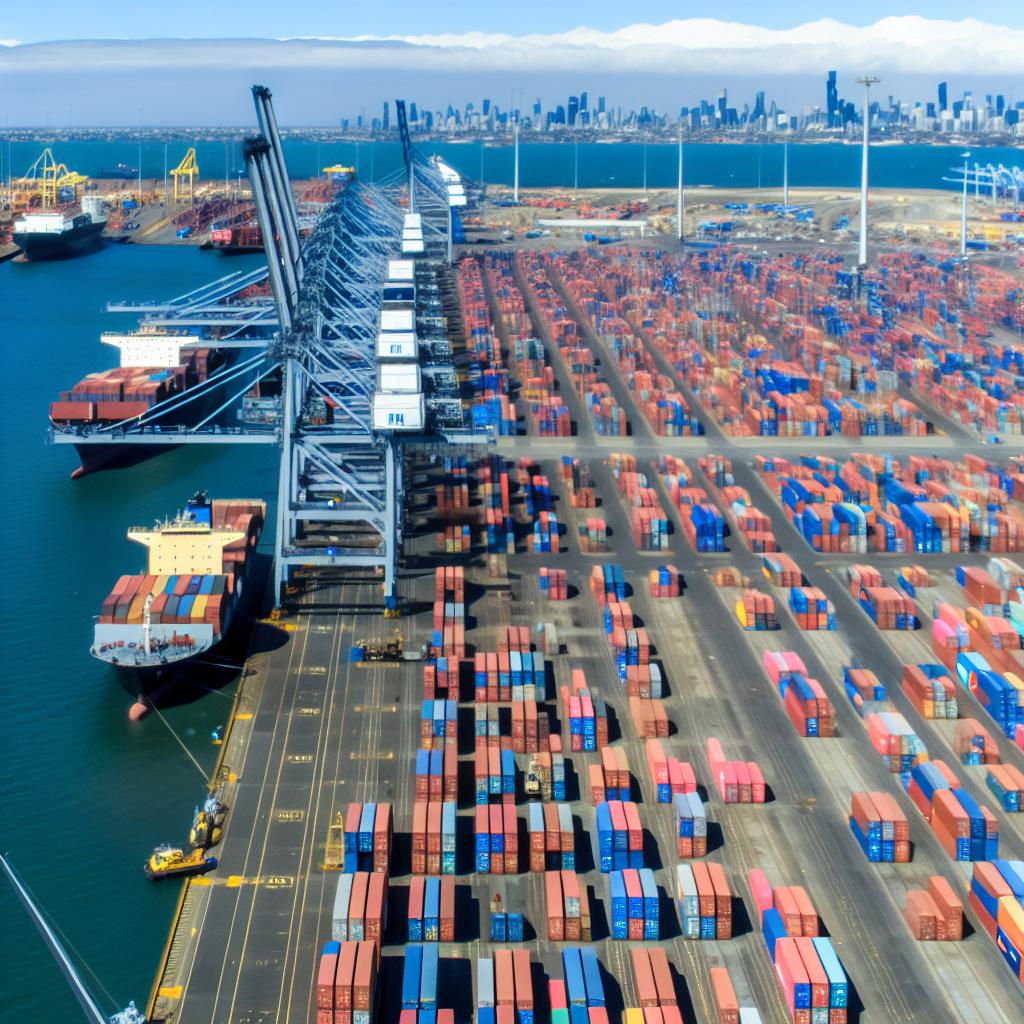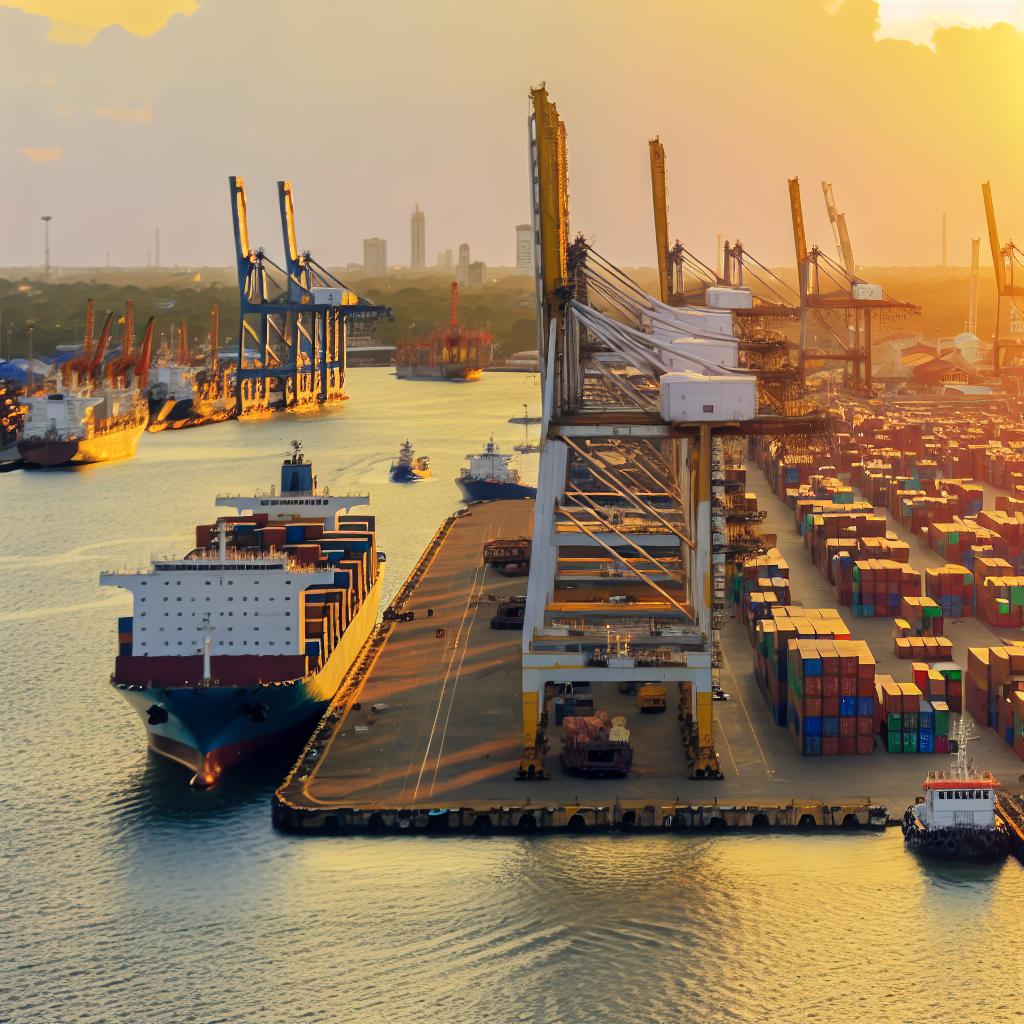The Role of the Port of Vancouver in Facilitating Canadian Exports
The Port of Vancouver is instrumental in bolstering Canada’s economy by functioning as a major conduit for international trade. As the largest port in Canada and the third-largest in North America when considering tonnage, its importance in the exportation of Canadian goods is irrefutably critical.
Strategic Location
The strategic positioning of the Port of Vancouver on Canada’s west coast is fundamental, providing direct channels to essential international markets, especially within the Asia-Pacific region. The geographical advantage allows for diminished transit times, thus enabling Canadian enterprises to maintain a competitive edge in the global arena. The port’s integration with a vast transportation network, encompassing rail and highway systems, further enhances its efficacy in distributing goods across the continent with added efficiency and speed.
Diverse Commodity Handling
A fundamental asset of the Port of Vancouver is its capability to process a wide spectrum of commodities. This includes bulk goods such as grain, coal, and potash, which constitute valuable elements of Canada’s export economy. In addition to these, the port functions in managing containerized cargo, which spans a diverse array of manufactured and consumer goods. This multifaceted facility enables various sectors of the Canadian economic landscape to rely on the port for their exportation requisites.
Bulk Commodity Exports
The export of bulk commodities is a salient component of Canadian trade activities, and the Port of Vancouver is adeptly equipped to handle such resources. The port is home to specialized terminals designed specifically for efficient bulk goods management, including loading and unloading processes. It stands as a pivotal hub for the export of grain sourced from the Canadian prairies, thus facilitating its global distribution and reinforcing local agricultural stakeholders.
Containerized Cargo
The capabilities of the port extend to its container terminals, which are crucial for the exportation of manufactured items and consumer products. These modern facilities boast cutting-edge technology, ensuring the seamless and efficient processing of containerized cargo. Such capabilities are pivotal in bolstering Canadian industries, enabling them to penetrate international markets and foster global trade alliances.
Economic Impact
The operations of the Port of Vancouver hold substantial economic repercussions for Canada. It catalyzes employment generation, impacting both directly within the port precincts and indirectly through correlated industries such as transportation, manufacturing, and agriculture. Beyond job creation, the port contributes significantly to economic growth by facilitating the export of Canadian goods, underpinning international trade endeavors, and integrating the national economy with global markets.
Environmental and Social Considerations
The Vancouver port, as a modern entity, endeavors to harmonize economic expansion with environmental and social duties. Numerous initiatives are underway to reduce the ecological impact of port operations, emphasizing the adoption of cleaner technologies and practices. Moreover, the port engages with local communities to tackle social concerns and ensure that development processes are sustainable, thereby fostering long-term prosperity and environmental stewardship.
Environmental Initiatives
The Port of Vancouver takes proactive measures in mitigating the environmental footprint associated with port operations. Embracing innovative technologies and procedures forms the crux of its commitment to environmental preservation. These initiatives include transitioning to low-emission vehicles, improving gas and energy consumption efficiencies, and integrating eco-friendly logistics to minimize ecological disruptions.
Social Commitment
Beyond environmental sustainability, the Port of Vancouver is committed to meeting social responsibilities within its operation scope. Continuous collaboration with local communities ensures that social issues are addressed, balancing development with community welfare. Initiatives include community engagement programs, educational outreach, and supporting local businesses to promote inclusivity and shared benefits from port activities.
Future Developments
In acknowledgement of the need to accommodate an escalating global trade environment, the Port of Vancouver is investing robustly in infrastructure advancements and expansions. These prospective enhancements aim to amplify both capacity and efficiency while adhering to high environmental standards. With trade volumes on the ascent, the port’s ability to evolve gracefully and expand its capacities is paramount to underpinning Canada’s export economy effectively.
Infrastructure Enhancements
The port’s future development strategies center around infrastructure enhancements. A core focus is on upgrading existing facilities to increase throughput capacity without compromising environmental integrity. Innovative technological solutions are being adopted to enhance operational efficiencies—a necessary adaptation to meet global trade demands and sustain competitive advantage.
Expansion Projects
Expansion projects form an integral element of the port’s forward-looking strategy. These projects include developing new container terminals, enhancing bulk handling capabilities, and extending rail and road linkages to improve connectivity. Strategic expansion endeavors are designed to ensure that the port is well-posited to accommodate future trade volumes while supporting national economic objectives diligently.
In summary, the Port of Vancouver emerges as an indispensable asset to Canada’s export strategy, serving as a vital bridge between domestic producers and international markets. Through strategic localization, varied handling capacities, and steadfast dedication to sustainable practices, the port facilitates the flourishing of Canada’s exports in an increasingly competitive global economy. The continuing adaptation to technological advancements and commitment to future expansions underscore its pivotal role and enduring significance in the landscape of global trade.
